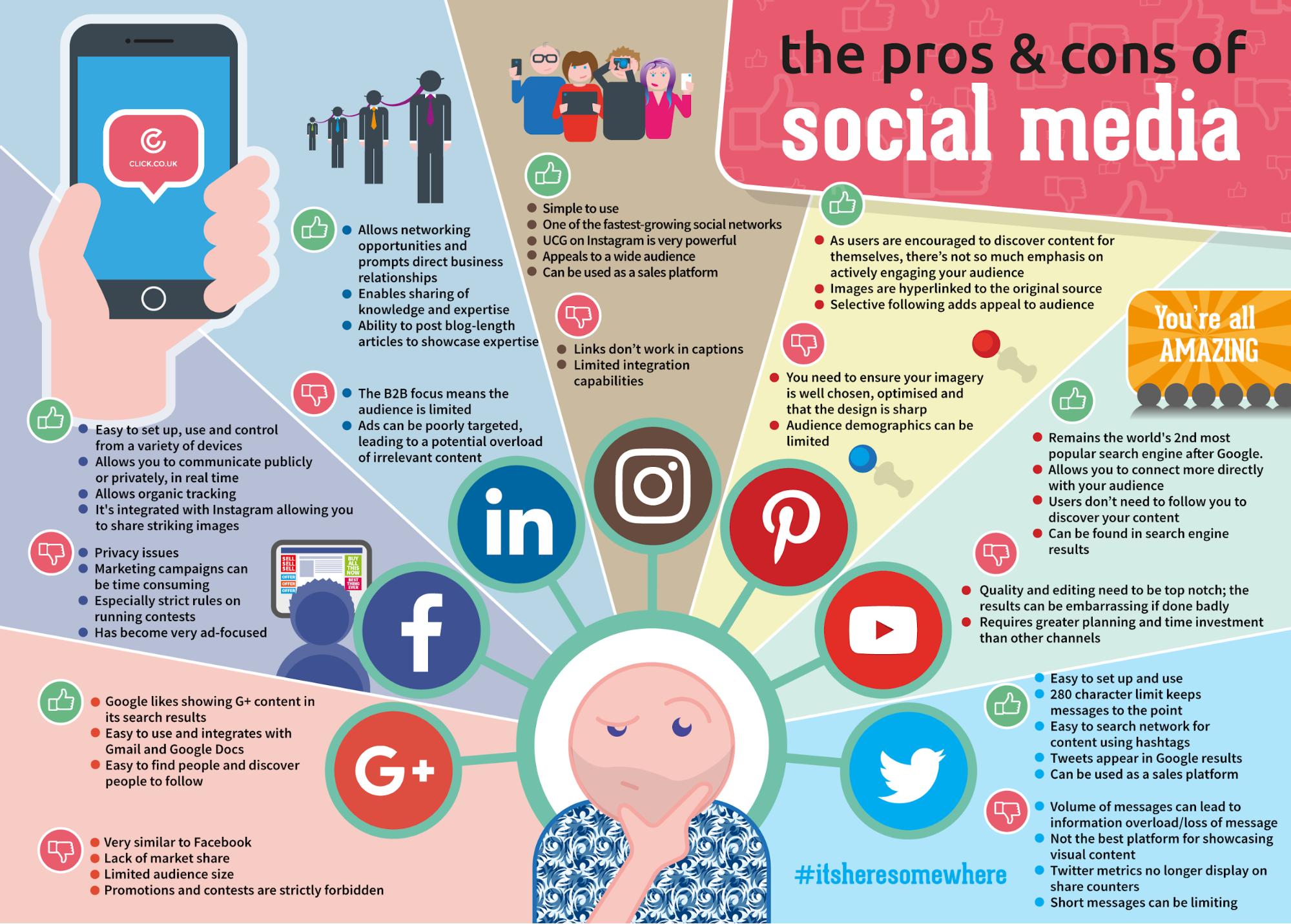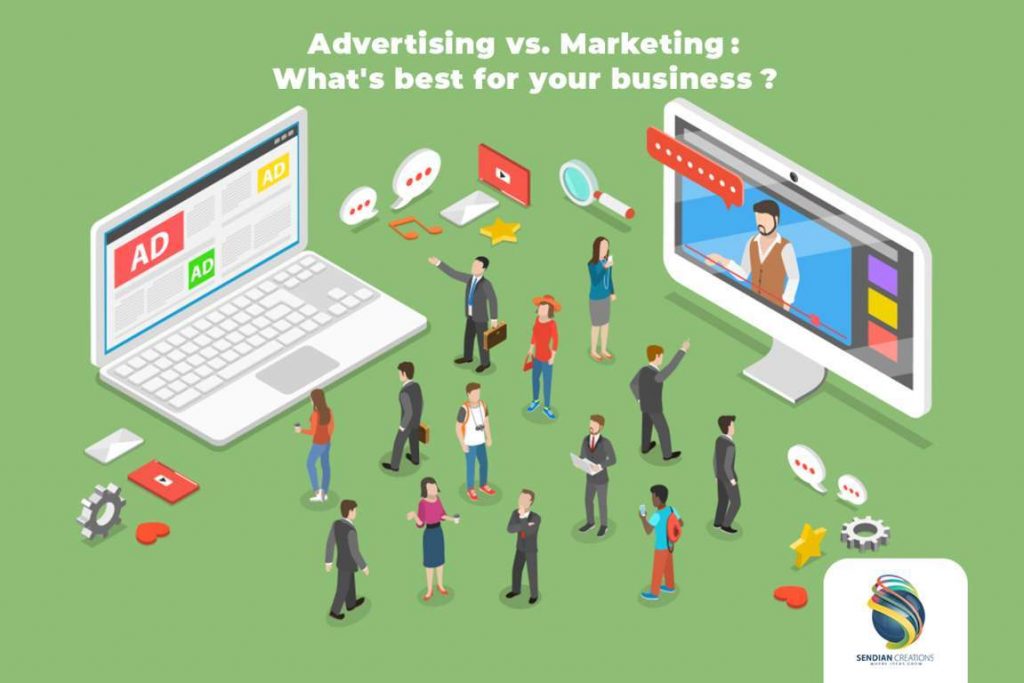
As a digital media marketing specialist, your job involves creating and distributing digital content. A successful digital content creator creates articles, blogs, videos, and seasonal promotional content for companies and brands. They create content that builds brand awareness, manages campaigns and develops digital advertising. Salary for this role varies depending upon experience and company. Learn more about the requirements to become a digital media marketing professional. This career path would suit someone who is passionate about Marketing.
Job description for digital media marketer
A job description for digital media marketers is crucial to any marketing campaign. The person responsible for designing and implementing digital marketing strategies and campaigns for companies, as well as measuring results against goals. They can also design and implement creative growth strategies, run experiments and monitor conversion rates and ROI. Listed below are some common tasks performed by a digital media marketer. Read on to find out more about this job!
Skills needed to become a digital media marketer
It is important to have a good understanding of search engine optimization as a digital media marketing professional. It is crucial to use search engine optimization (SEO), techniques to get your content onto the first page of search engines such as Google. You should know how to optimize images, videos, podcasts, and written content for search engines. Each platform is different, but the basic SEO strategies remain the same. Moreover, digital marketing requires strong communication skills.

Strong knowledge of design trends and principles is required. A strong understanding of typography and color theory, composition, as well as design principles is essential. Knowledge of user experience (UX/UI) trends is also beneficial. Experts can also help you collaborate to create engaging content. Apart from the above skills, you will need to have some experience with social media. You will need to have some knowledge about social media and best practices as a digital marketer.
Digital media marketer's salary
A career as a digital media manger involves setting the brand's digital messaging and strategies. This role helps to increase awareness and sell products. Digital media managers can earn between PS35,000 to PS70,000. Their compensation is usually tied to their experience. Digital media management also includes content development, analytics and social media marketing. Continue reading to learn more about the various types of digital media marketing jobs as well as their salaries.
A content manager helps to establish the company’s identity and online presence. He also manages company blogs and emails. They also coordinate video marketing, audio marketing, guest blogging, and social media marketing. Copywriting is another avenue that creative digital marketers have access to. Copywriters help search engine marketers and social media managers by editing and revising content. They also create content for blogs and online publications. The salary for digital media marketers varies depending on where you live, your experience and the type of business.

FAQ
What is a Content Strategist?
Content strategists are able to help brands tell their stories by creating engaging messages that resonate with their customers. They are storytellers who tell brand stories that inspire people to take action and make them more effective.
Content strategists have the ability to develop strategies that attract current and future customers. Data analytics and storytelling are used to create experiences that encourage consumers to shop in stores, purchase products, and then share the excitement with others online.
They are also able to integrate social media platforms in these campaigns. They use technology tools such virtual reality and video to deliver exceptional customer experiences.
Content strategists are responsible for translating ideas into tangible plans that marketers can execute. This includes creating content and briefings for creative purposes, budget management, and the creation of content for television and print.
What is the average time it takes to start content marketing?
It depends on how big your company is. It is more difficult for smaller businesses to invest in content marketing right away. If you put in the effort, it can really pay off.
Why is content so crucial?
Digital marketing campaigns are dominated by content. In order to attract new customers you will need to create relevant content. Blogging is the best method to do this. Blogging helps you build authority in your niche, which makes you more trustworthy. You can build trustworthiness, which increases your search engine rankings. Ranking high means you receive organic traffic.
Why Content Marketing?
HubSpot reports that the average person spends almost two hours per day reading content, on social media and in their newsfeeds. They also watch TV, read magazines, browse websites, listen to podcasts, or look at newspapers. That's a lot to spend time with content!
Why is a Content Marketing Strategy necessary? Why should I not only send out emails, but also post social media updates.
Two main reasons you may choose to ignore a Content Marketing Strategy.
-
Perhaps you think email marketing and social networking posts are enough for people to talk about your brand.
-
If you've never tried email marketing, or posted on social networks, it's easy to assume this type of content is not feasible.
Both of these assumptions are wrong.
Email marketing and social networking posts can be great tools for communicating with customers and prospects. They aren't sufficient by themselves.
Your goals can't be achieved by an email campaign. Your email campaign should be part a larger strategy. And social media posts alone won't help you achieve your goals either. They must be part of a comprehensive plan.
This is where the Content Marketing Strategy comes into play. You can manage your entire content creation by creating a strategy with clear objectives.
As a result, you'll be able to spend more time focusing on other essential aspects of running your business, like growing your audience and increasing conversion rates.
A Content Marketing Strategy is a great tool, but it doesn't necessarily make it easy.
But, having a strategy in place makes all the difference.
Statistics
- This marketing strategy landed Ford a 15.4% conversion rate. (neilpatel.com)
- Seventy-two percent business to business (B2B) (mailchimp.com)
- According to the Content Marketing Institute, 70% of B2B marketers and 86% of B2C marketers surveyed use content marketing in some form or other. (criteo.com)
- We found that 40% of businesses don't have a documented strategy yet. (semrush.com)
- Content marketing produces 3X more leads per dollar spent. Content marketing costs 62% less than traditional marketing. (criteo.com)
- Forty-seven percent of buyers view 3 to 5 pieces of content before engaging with a sales representative. (mailchimp.com)
- An example of an overarching goal could be: "In 2022, we want to achieve a 20% increase in revenue created by organic content and generate 15,000 MQLs with a budget of $30,000." (semrush.com)
- Progress indicators (0–100%) allow each team member to see how attainable each goal is and understand what remains to be accomplished. (semrush.com)
External Links
How To
Content Marketing Tips: Infographic Creation Tips
Infographics can be a great way to simplify complex concepts and make it easy to understand. Information marketing is about providing valuable and useful information to your target audience. Infographics are a great way to share this message.
To create an infographic using design software such Adobe Illustrator, Photoshop or other similar programs, you will need Adobe Illustrator. These programs are great for creating infographics. Once you are happy with your design, you can upload images to Unsplash and Pixabay for your design.
You can find inspiration for your own ideas by looking at existing infographics online. For example, if you want to show how many calories are in certain foods, you could take a picture of a food pyramid and replace the numbers with pictures of those foods. You could also look at the sugar content of soda pop, and then take a photo of a Coke bottle.
Once you have designed your infographic you can share it via social media channels, such as Facebook or Twitter. This makes it easy for people unfamiliar with the concept to learn. Include hashtags if you plan to share your infographic via social media platforms. This will allow others to see what you're talking. Users can follow conversations around specific topics using hashtags.
Make your infographics shorter than normal if you are creating them. An average blog post will be between 2000 and 5000 words. An infographic, however, only needs 500 to 1000 words. This means you can easily convey more information with less space.
Remember that not all viewers can read small font sizes when designing an infographic. It is important to use large fonts and avoid relying too heavily on colors when designing your infographic. Also, ensure all text is legible.
These are just a few additional tips.
-
Use an infographic template. There are many online templates that you can download or print. Canva and Piktochart are some of the most popular.
-
Your Infographic is ready. Create your infographic using the template. You can use any media that suits your audience. You might use photos of local restaurants to create an infographic about the best places in Seattle.
-
Add Text. Add text after you've created your infographic.
-
Add Images. Add images to an infographic. These can be pictures, charts, graphs, or icons. You should make sure that the picture you upload is related to your topic.
-
Make It Interactive. You can add interactive elements such as buttons, maps, and links. This will engage your audience.
-
Share. Share your infographic after you're done.
-
Measure. Do you know how well your infographic performed? Did people click through to your website? Did they sign-up for your email address? Was your infographic received well by them?
-
Improve. Is there a way to improve your infographic? Is there anything you could do better?
-
Repeat. Do this again!